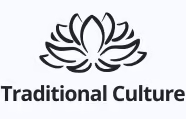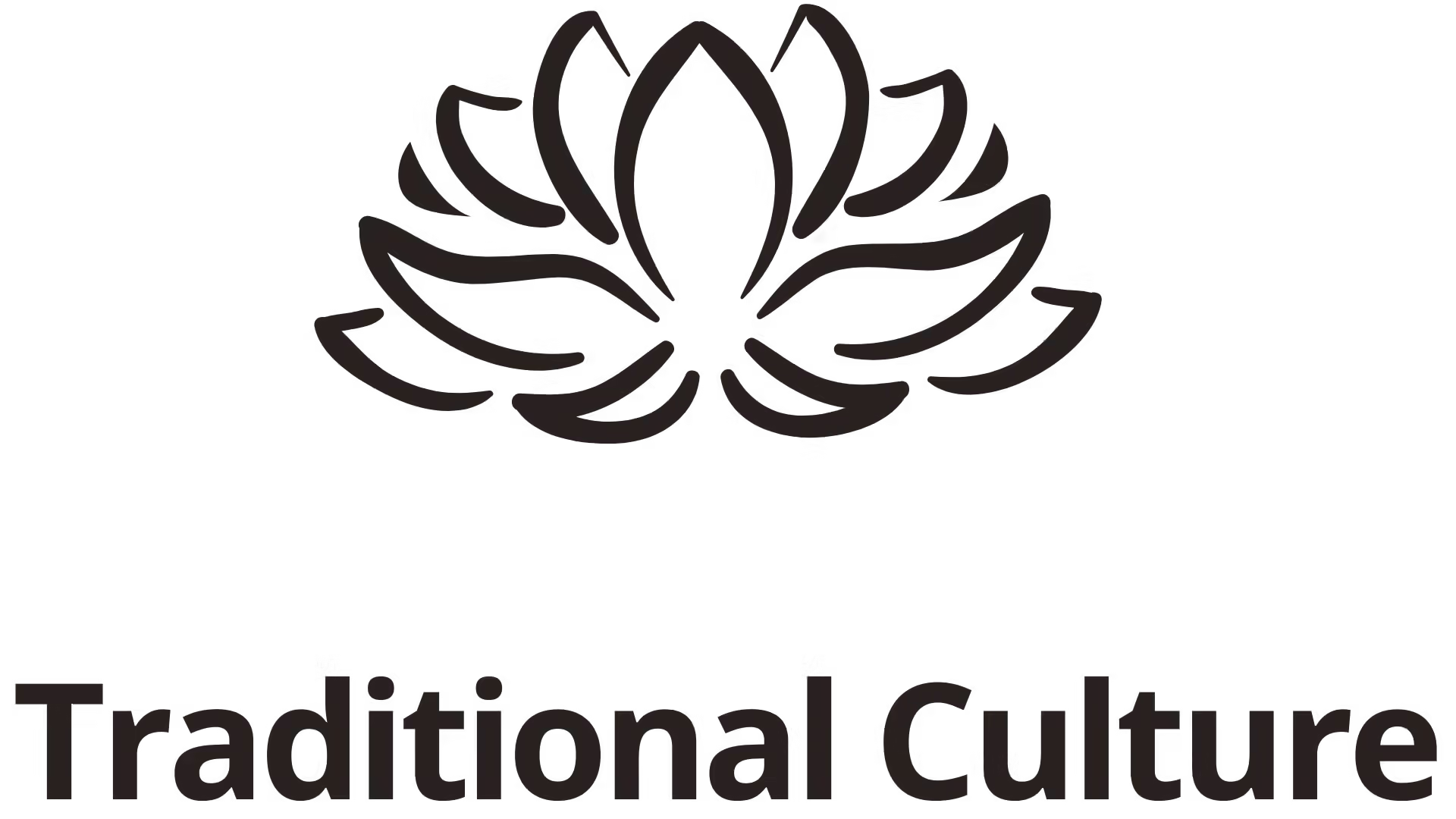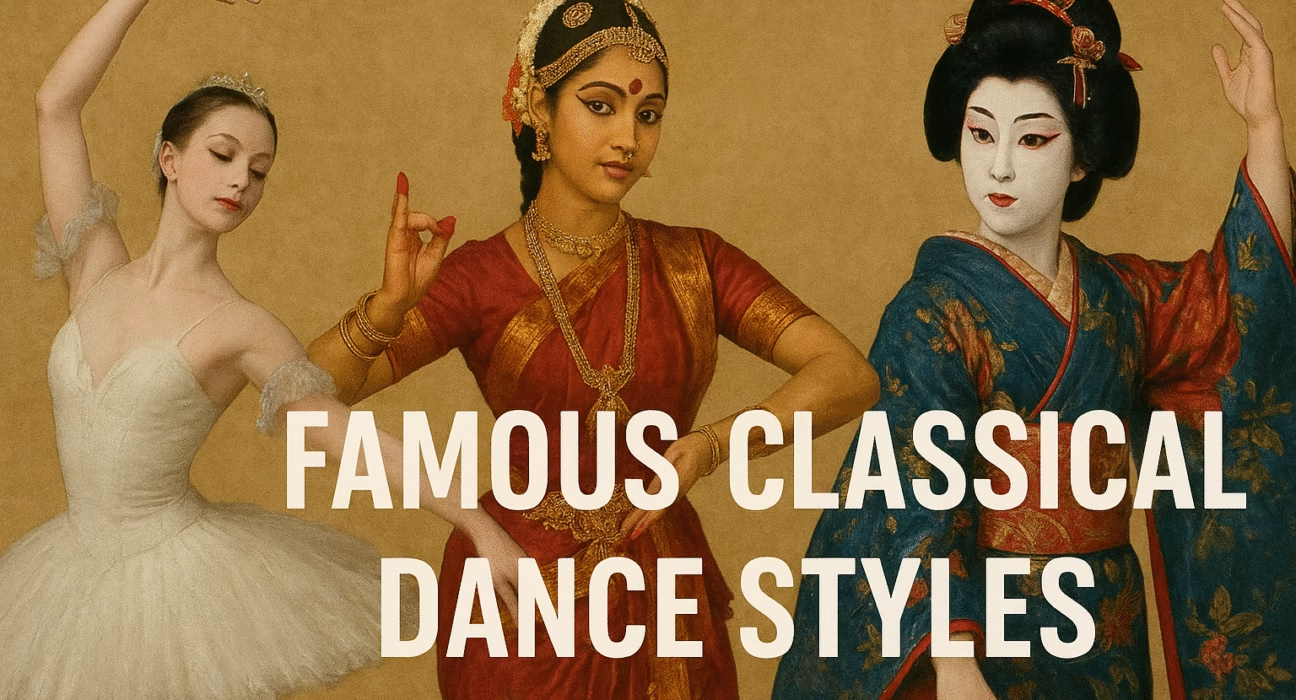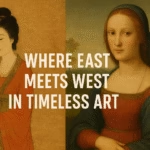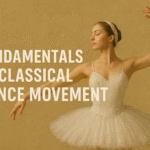Explore the captivating world of famous classical dance styles, where tradition, artistry, and cultural identity intertwine to create mesmerizing performances that have transcended generations. As each style carries its own unique history, costume, movements, and cultural significance, understanding these dance forms offers profound insights into the civilizations that nurtured them. Join us as we delve into some of the most celebrated classical dances from across the globe, revealing the stories, the artistry, and the enduring legacy behind each.
The Rich Heritage and Artistry of Indian Classical Dance – An Expression of Spiritual Devotion and Cultural Identity
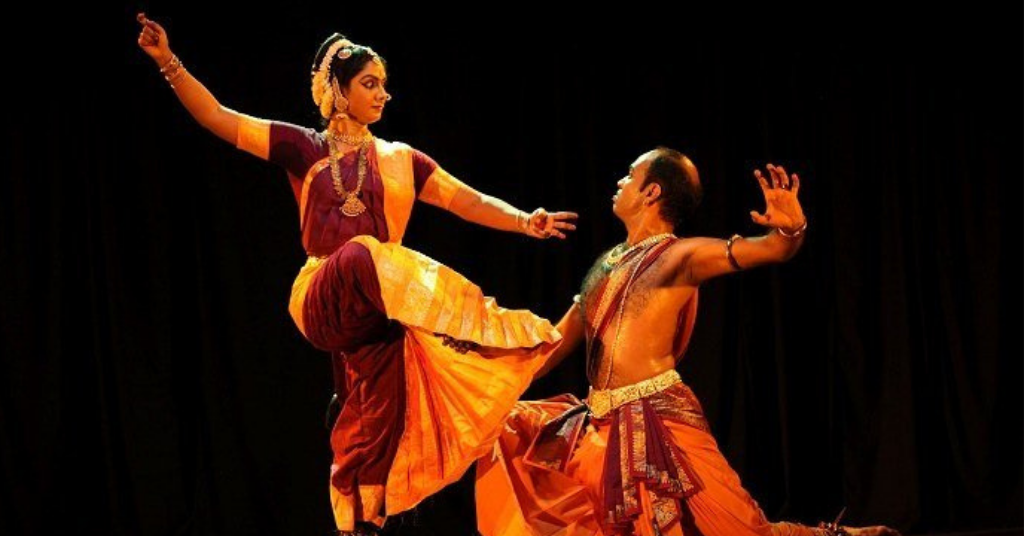
Indian classical dance forms are not merely performances but are deeply embedded in spiritual traditions and cultural expressions. These artforms, developed over thousands of years, serve as a bridge between the divine and the mortal, often narrating mythological stories through intricate movements and expressive gestures. As the foundation of many Indian performing arts, these styles are celebrated for their complexity, richness, and spiritual symbolism.
Before exploring individual styles, it’s important to understand how Indian classical dance manifests as a spiritual practice. Unlike Western dance, which can be primarily entertainment-focused, Indian classical dance emphasizes storytelling, devotion, and philosophical ideas. Each movement is deliberately crafted to convey emotion (bhava), without sacrificing technical mastery.
The diversity of Indian classical dance is remarkable, with each style originating from specific regions and spiritual traditions. These style distinctions are often reflected in costumes, music, and specific movement vocabulary, making each dance unique and representative of its cultural roots.
Bharatanatyam – The Dance of Devotion and Grace
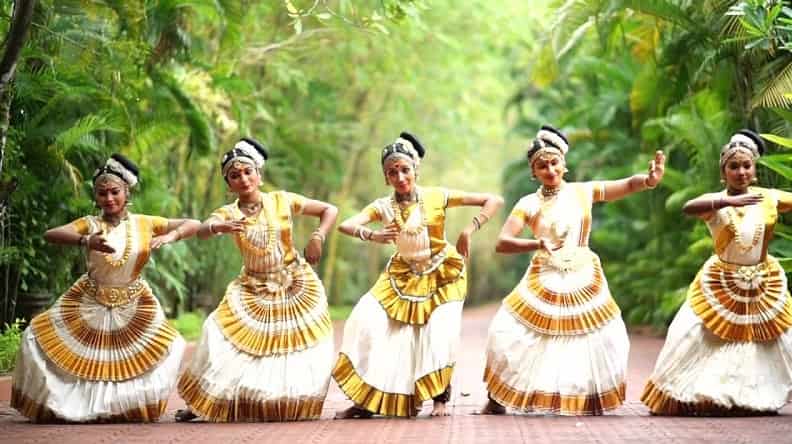
Bharatanatyam is arguably the most well-known Indian classical dance style, recognized for its vigorous footwork, intricate hand gestures (mudras), and emotive expressions (abhinaya). Originating from Tamil Nadu, Bharatanatyam has a history dating back over two millennia, evolving from temple dance traditions. Its primary purpose was to narrate stories from Hindu mythology, especially tales of Lord Shiva, Vishnu, and Devi.
This dance form combines a structured sequence of movements with highly symbolic gestures, each carrying deeper meanings. The dancers embody gods and divine characters, bringing mythology to life through expressive storytelling. A fundamental aspect of Bharatanatyam is its geometric precision, which requires rigorous training and discipline from practitioners. The costumes, traditional music, and rhythmic footwork all contribute to creating an immersive spiritual atmosphere.
Performing Bharatanatyam requires a profound connection to the spiritual narratives it portrays. Its expressive gestures and facial expressions are an extension of inner devotion, transforming the dance from mere movement into divine communication. The dance continues to thrive as a vital part of Indian cultural identity, celebrated both on stage and in temple rituals.
Kathak – The Dance of Stories and Rhythms
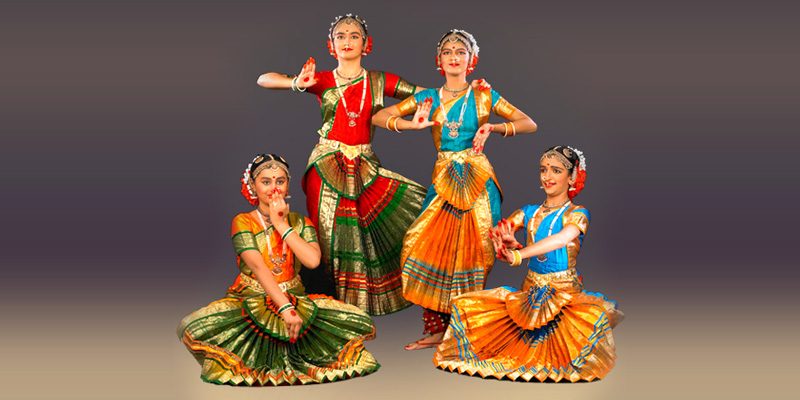
Originating from northern India, Kathak is distinguished by its elegant turns, rhythmic complexity, and storytelling prowess. The name “Kathak” is derived from the word “Katha,” meaning “story,” emphasizing its narrative essence. Historically, Kathak dancers performed in royal courts and temples, often narrating epic tales through intricate footwork synchronized with music.
Kathak’s appeal lies in its combination of fast spins, precise footwork, and expressive gestures. Its rhythmic structure is particularly intricate, often involving complex patterns called “tala,” which are synchronized with the dancer’s movements and musical accompaniment. The dance’s narrative aspect makes it accessible and emotionally resonant, allowing audiences to connect with stories from mythology, history, or social themes.
This dance style is distinguished by its use of speed and agility. The dancer’s ankles are adorned with bells (ghungroos), which accentuate the rhythmic footwork, creating a mesmerizing auditory and visual spectacle. Kathak’s fluidity and emphasis on storytelling have made it an essential part of Indian cultural performances and spiritual expressions. It embodies a harmonious blend of movement, music, and narrative depth that has captivated audiences for centuries.
Odissi – The Graceful and Expressive Temple Dance of Odisha

Hailing from the eastern Indian state of Odisha, Odissi is notable for its lyrical grace, intricate mudras, and profound spiritual symbolism. It’s considered one of the oldest surviving Indian dance forms, with origins deeply rooted in temple rituals and craft traditions. Odissi performances are characterized by fluid movements reminiscent of classical temple sculptures, which depict dancers in similar poses.
Odissi combines precise hand gestures (mudras), sculptural poses, and expressive facial movements to tell stories from Hindu mythology. The dance emphasizes a sensuous, graceful quality that evokes both spiritual transcendence and earthly beauty. Its expressive language (abhinaya) is deeply linked to devotional themes, often depicting stories of Lord Krishna and Radha.
Costumes in Odissi reflect the dance’s divine inspiration, featuring elaborate jewelry, traditional fabrics, and ornate headpieces. The fluidity of movements, combined with the dance’s spiritual undertones, allows performers to evoke emotion and devotion profoundly. Odissi continues to evolve while retaining its sacred and artistic roots, showcasing the divine harmony between body, mind, and spirit.
The Elegance of Classical Ballet – The European Tradition of Artistic Storytelling
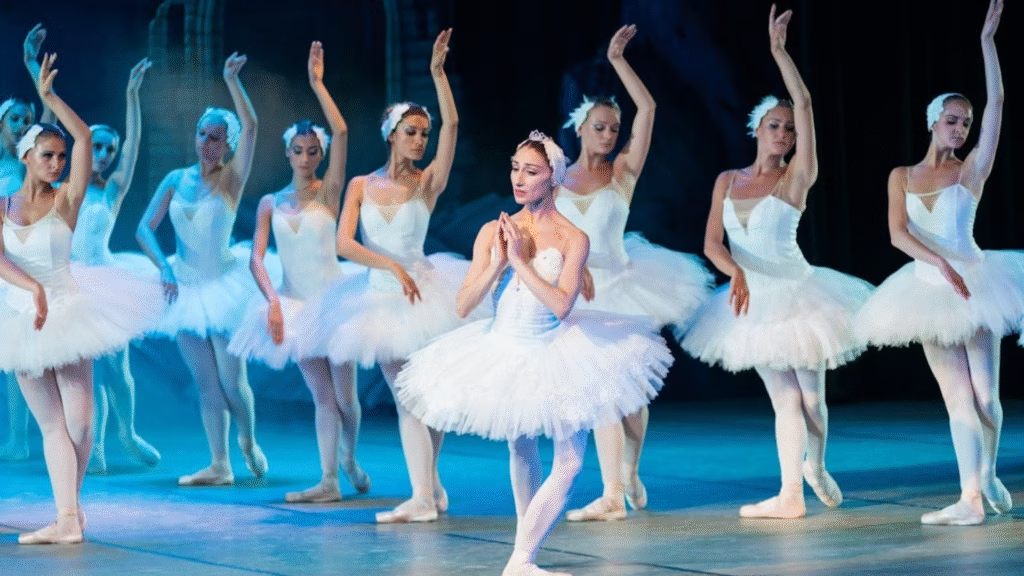
European ballet, which has deeply influenced the development of Western classical dance, represents a pinnacle of technical mastery and artistic storytelling. Its origins trace back to the Italian Renaissance courts and later flourished in France and Russia, where it became an integral part of aristocratic entertainment and royal culture. Over centuries, ballet has evolved into a highly disciplined form of performing art, characterized by precise, graceful movements and elaborate staging.
Before delving into specific styles, it’s essential to recognize ballet’s core focus on technique, storytelling, and emotional expression. Ballet employs a vocabulary of movements—like pirouettes, arabesques, and leaps—that require rigorous training but allow dancers to express a broad spectrum of human emotion. Its integration of music, costume, stage design, and choreography crafts a total artistic experience aimed at transporting audiences into a story or abstract idea.
European ballet is often divided into formal styles, but all share a commitment to harmony, poise, and narrative clarity. The evolution of ballet has seen the emergence of prominent schools and companies, each contributing to its development and global popularity. Its universal language of movement continues to inspire contemporary dance and influences many modern performance arts.
Classical Russian Ballet – The Epitome of Precision and Drama

Russian ballet, epitomized by companies such as the Bolshoi and the Mariinsky, is renowned for its technical excellence, dramatic expressiveness, and lavish productions. Rooted in the traditions established during the imperial era, it has historically prioritized virtuosity and emotional storytelling. Russian ballet dancers are known for their extraordinary strength, flexibility, and pristine form.
This style emphasizes discipline, clarity, and theatricality. The dancers undergo extensive training to master a wide range of technical skills that serve as tools for storytelling. The choreography often involves grand, expressive movements that heighten the emotional impact of the narrative. The ballet performances frequently feature elaborate costumes and sets, creating a highly immersive spectacle.
Russian ballet’s influence extends beyond its technical mastery—its ability to express profound human emotion through movement is unparalleled. Classic ballets like “Swan Lake,” “The Nutcracker,” and “Sleeping Beauty” continue to captivate audiences worldwide. Their storytelling combined with breathtaking technique showcases ballet as a high art form that bridges physical prowess with poetic expression.
The Charm of Italian Ballet and Neoclassical Styles
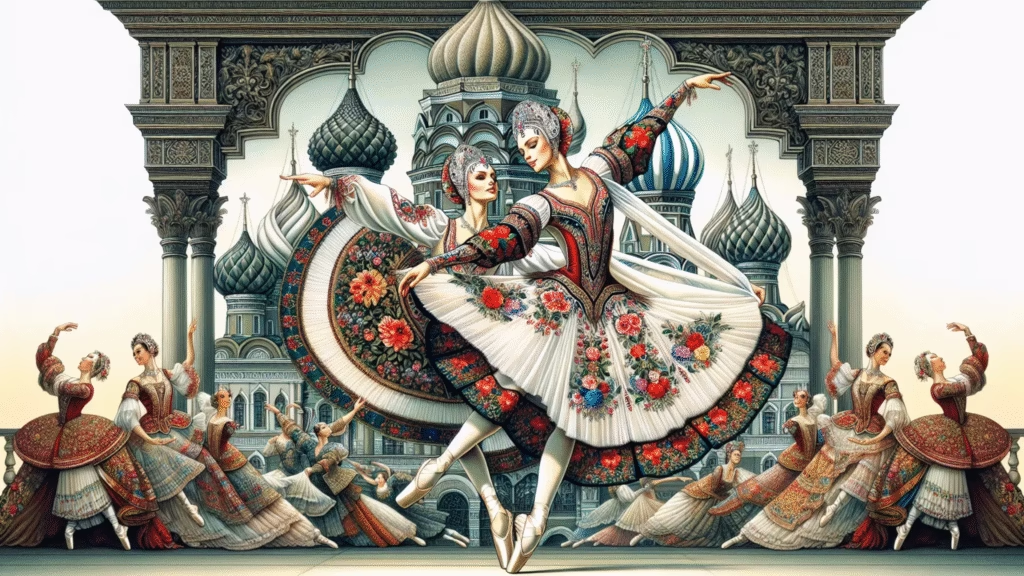
Italy’s contribution to ballet has historically been centered around the development of technical skills and the refinement of dance vocabulary. Italian dancers and choreographers played a significant role during the Renaissance, contributing to the evolution of ballet as an art form. Though Italy did not sustain a lasting, distinct school like Russia or France, its influence persisted through its dancers and choreographers.
In the 20th century, Italian ballet saw a resurgence with the emergence of neoclassical dance—an approach emphasizing stripped-down, pure movement that blends classical technique with modern sensibilities. This style rejects excessive ornamentation, favoring clarity, line, and emotional integrity. Filming ballet techniques centered around minimal sets and costumes, allowing the dance itself to convey full narrative weight.
Contemporary Italian ballet companies often explore innovation within classical and neoclassical traditions, creating performances that reflect both historical mastery and modern storytelling. Whether through traditional spectacles or minimalist expressions, Italian ballet continues to contribute to the evolution of famous classical dance styles with a unique blend of elegance, innovation, and respect for tradition.
The Timeless Influence of Traditional Chinese Dance – A Cultural Tapestry of Movements and Symbolism
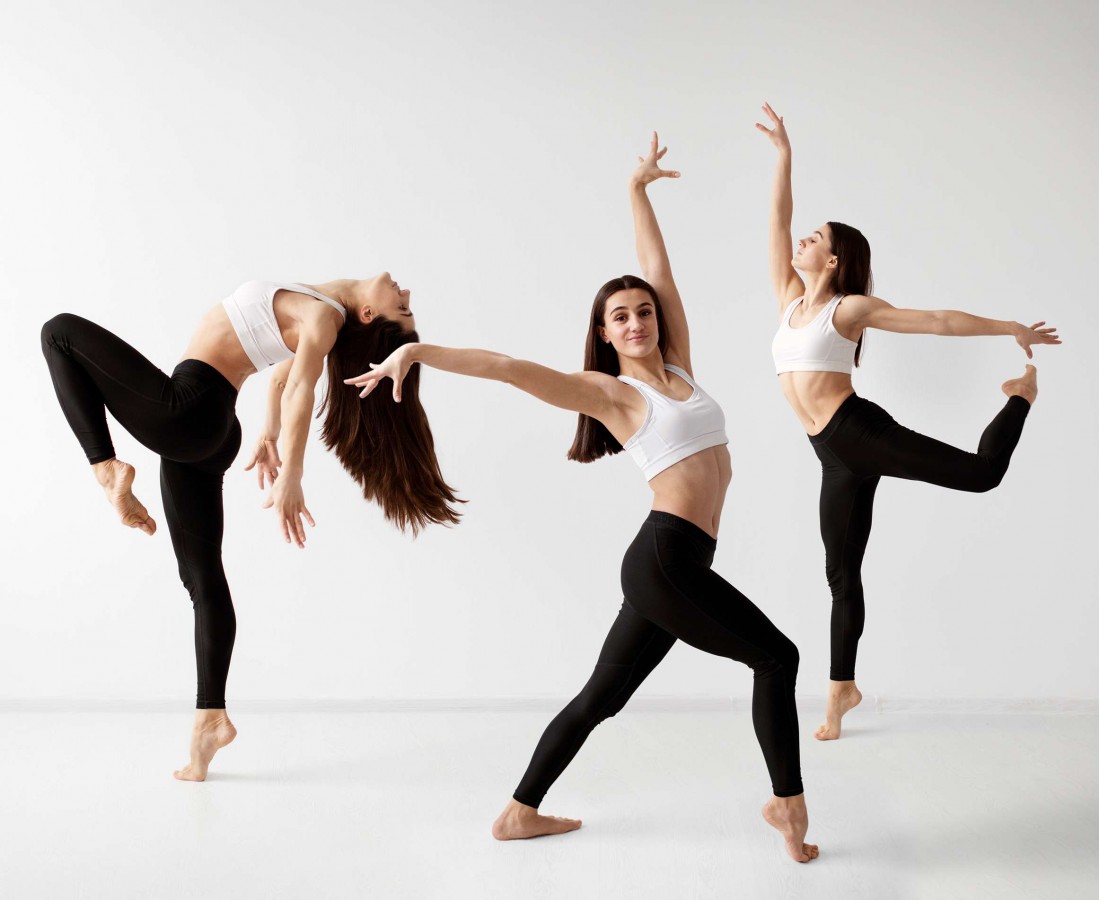
Traditional Chinese dance is a rich amalgamation of history, mythology, spiritual practices, and regional folk traditions. As one of the most ancient dance traditions, it has evolved through imperial courts, religious rituals, and folk expressions, often emphasizing storytelling, harmony, and symbolism. Many of its movements are inspired by nature, martial arts, and classical literature, creating a mesmerizing visual language.
Before diving into specific styles, it’s vital to recognize how Chinese dance embodies philosophical concepts like balance and harmony. The movements often mimic elements of Chinese painting or traditional opera, with a focus on grace, fluid motion, and expressive gestures. These features serve not only as artistic expression but also as spiritual and cultural carriers through the ages.
Chinese dance is often performed in traditional festivals, opera, or ceremonial events, but its influence extends into contemporary performing arts, where artists reimagine and preserve these ancient practices. Its intricate movements, costumes, and storytelling form a vital part of China’s cultural heritage, bridging past and present.
Chinese Opera and Dance – The Art of Expressive Movement

Chinese opera, especially Peking Opera, incorporates a highly stylized form of dance that combines singing, acting, martial arts, and dance into a cohesive theatrical experience. The dance movements within Chinese opera are deliberate, symbolic, and imbued with meaning, often representing character traits or emotional states.
The physical vocabulary of Chinese opera dance emphasizes precise gestures, posture, and stylized movements that convey a narrative or emotional nuance. These movements are often exaggerated for theatrical effect, creating a visual language that is instantly recognizable and culturally specific. The incorporation of martial arts techniques into these dance movements adds a dynamic, energetic dimension that highlights strength and agility.
Performers undergo rigorous training in both vocal and physical disciplines, aiming to embody their characters completely. The dance in Chinese opera owes much of its expressive power to its unique combination of gesture, costume, and music, which together craft vivid stories that resonate deeply within Chinese cultural and spiritual thought.
Folk Dances and Regional Variations – Cultural Diversity in Motion
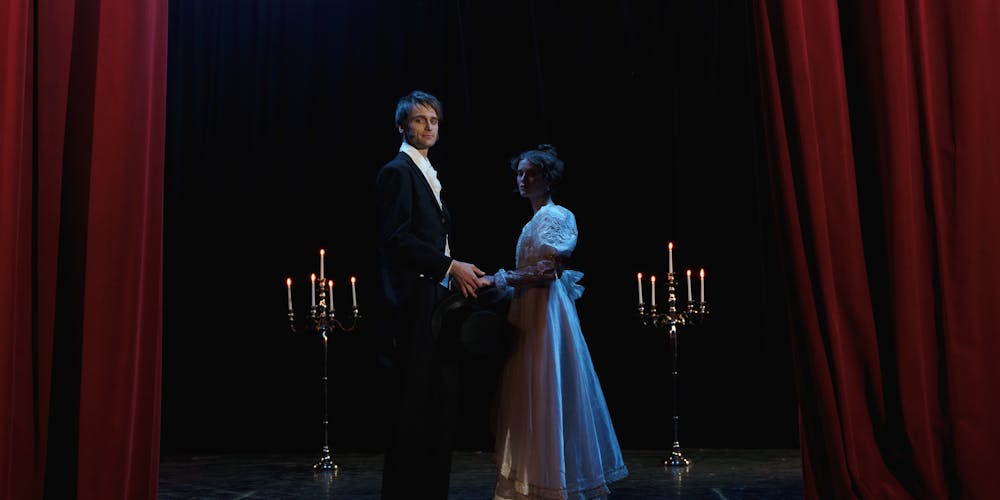
China’s vast geographic expanse results in a multitude of regional folk dances, each reflecting local customs, history, and environment. From the vibrant Dai dances of Yunnan to the elegant Fan dances of the north, Chinese folk dances are characterized by intricate footwork, colorful costumes, and lively musical accompaniments.
These dances often serve as communal celebrations, seasonal festivals, or ceremonial rites designed to invoke good fortune, honor ancestors, or tell local legends. They are deeply rooted in the daily life and spirituality of the people, acting as living expressions of cultural identity. Many of these folk forms have influenced or been integrated into more formal arts like Chinese opera and professional dance theater.
The regional diversity highlights China’s layered cultural landscape, with each dance style contributing to the overarching narrative of harmony, resilience, and tradition. Contemporary choreographers sometimes reimagine folk elements within modern dance or theater, creating new famous classical dance styles that honor their heritage while embracing innovation.
Conclusion
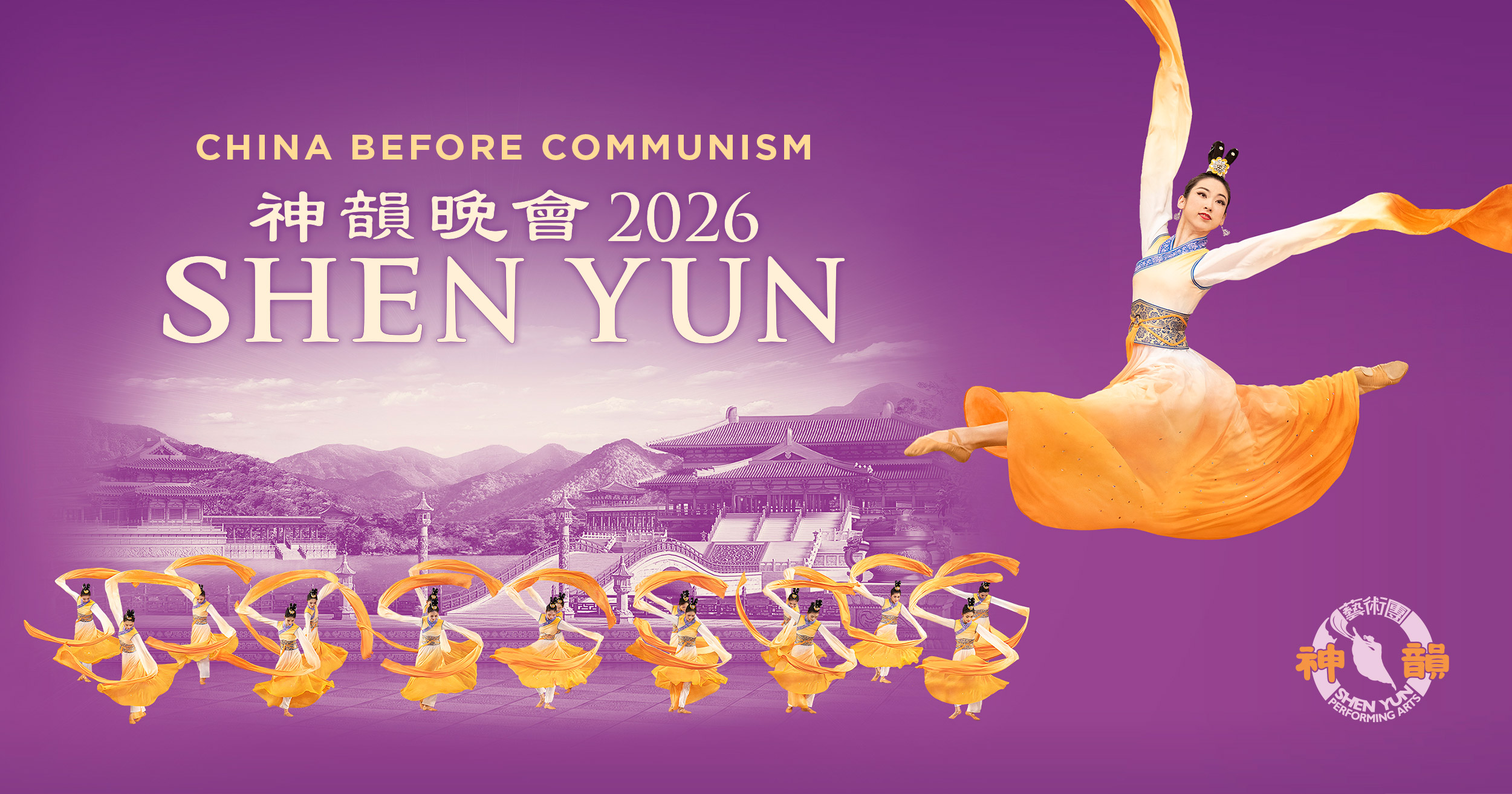
From the spiritual expressions of Indian classical dance to the refined discipline of European ballet and the culturally layered movements of Chinese dance, the world’s famous classical dance styles represent a tapestry of human creativity and cultural identity. These artforms are not just performances but are profound storytelling mechanisms that reflect social values, spirituality, history, and evolution. They continue to inspire generations of dancers and audiences alike, reminding us of the universal language of movement, emotion, and shared artistry that transcends borders and time. Embracing these timeless traditions enriches our understanding of cultural diversity and the enduring power of dance as a form of human expression.
✉️ Stay Connected — Subscribe for Weekly Updates
Discover timeless stories, practical wisdom, and beautiful culture — delivered straight to your inbox.
*We only share valuable insights — no spam, ever.

